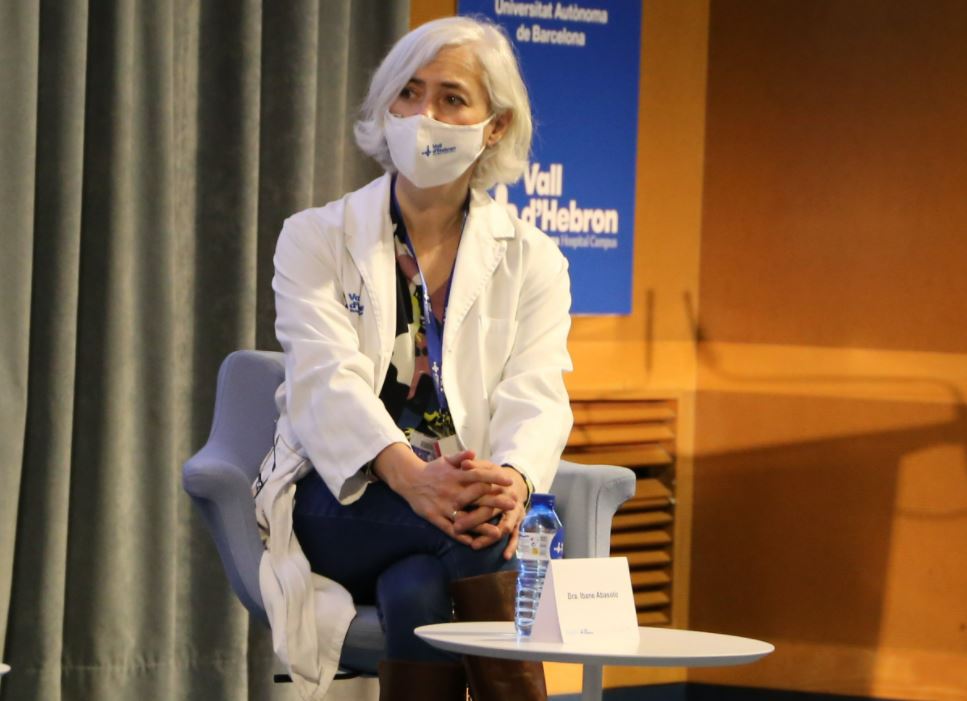Open Call Focus on Innovative MedTech using Nanotechnology
Start-ups / SMEs! Are you working on innovative medical products using nanotechnology? This is your call for development and marketing solutions!
Last week took place the SAFE-N-MEDTECH Open Call on line info session with the idea to present the open call with a bit more detail. A few presentations and specially a time for questions and answers were organized by Anaïs Le Corber, Network Manager of CEBERG, the council of European Bioregions, partner of the project.
The webinar was recorded and it is available here:

First of all, Angel del Pozo, Coordinator of the SAFE-N-MEDTECH, gave an insight of the project.
Then, Miguel Duarte from IMM (Portugal), the business development partner of the project, presented the services offered
After him, Qwentin Pankhurst, chairman of Resonant Circuits Ltd. explained his experience as user, having a tase case in the project.
Finaly, before the space for questions and answers, Ibane Abasolo, Scientific Director of NANBIOSIS U20, from CIBER-BBN and Vall D’Hebron Institute Research in Barcelona, presented with more detail the clinical validation services available in this open call.
SAFE-N-MEDTECH OITB Safety testing in the life cycle of nanotechnology-enabled medical technologies for health is a H2020 project with the objective of providing services and support to companies and other organizations for accelerating the development and commercialization of innovative MedTech solutions based on nano-enabled technology.
How can this call suit you?
Qwentin Pankhurst explained his experience: “As a medtech start-up we do not have the external experience to cover all the safety related aspects of product development for MDR compliance, we needed clear uncomplicated advance and solutions, ideally we needed a “one-stop-shop”…
“Even if a client accesses only a part of the offering, the fact that the OITB is seeking to cover the entire pathway from design input to clinical testing is important as it underpins a connected-thinking approach.”
Submission deadline: March 21st 2022, 23:59 CET
The time line: It is espected that the evaluation process will take around one month. Then NDAs will be signed before starting the work, which could be carried during one year approximatly.
The technology assesment area of the SAFE-N-MEDTECH OITB well carry out a first examitanion toguether with the applicant of the available data, the quality of the data, the needs of the product an other relevant aspects. A technology assitant proposal will ve developed and the services needed will be defined toguether with the client.
Call documents:
- Guidelines for Applicants The Guide for Applicants contains the basic information needed to guide you in preparing a proposalfor submission to the SAFE-N-MEDTECH Open Call. It gives an introduction on how to structureyour proposal. It also describes how to submit the proposal and the evaluation criteria.
- Application Form
This call uses funds obtained within the scope of the SAFE-N-MEDTECH project funded by European Union´s Horizon 2020 Research and Innovation Program. (Grant Agreement No. 814607)


















